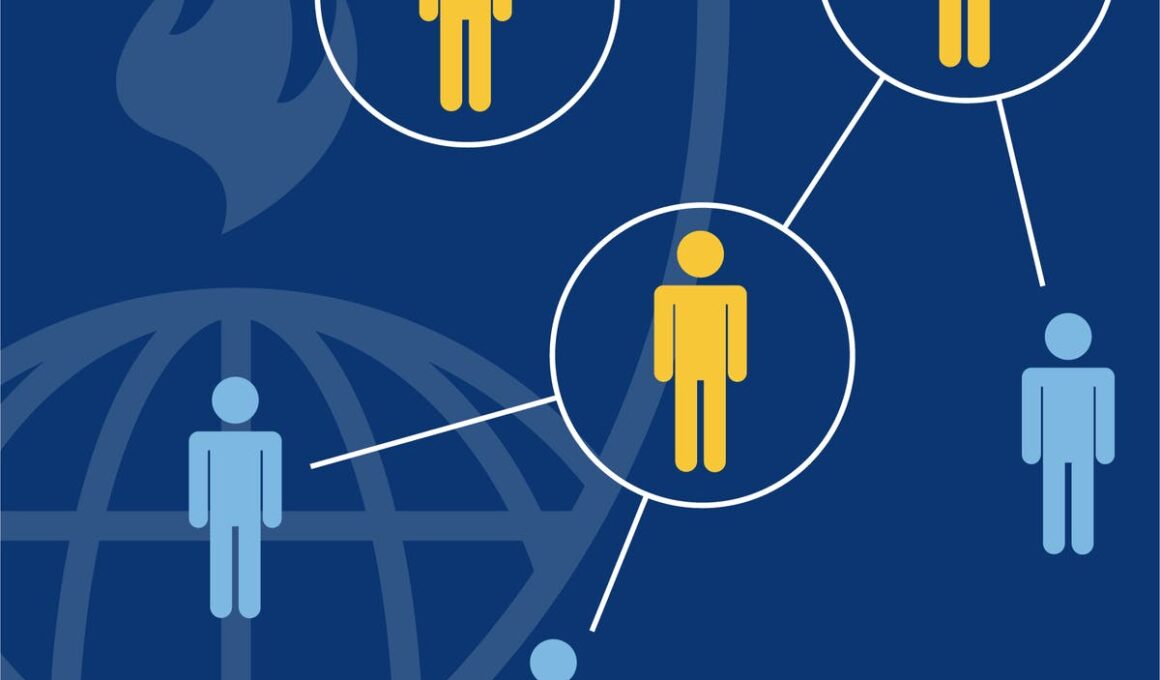JAMA Network (Journal of the American Medical Association)
R. Ryan Lash, PhD1,2Patrick K. Moonan, DrPH2Brittany L. Byers, BS2; et al
Key Points
Question
What proportion of persons with laboratory-confirmed COVID-19 and their contacts are reached for case investigation and contact tracing?
Findings
In this surveillance-based, cross-sectional study, 2 of 3 individuals with COVID-19 were either not reached for interview or named no contacts when interviewed.
A mean of 0.7 contacts were reached by telephone by public health authorities, and
only 0.5 contacts per case were monitored, a lower rate than needed to overcome the estimated global SARS-CoV-2 reproductive number.
Meaning
The findings of this study suggest that current contact tracing practice had suboptimal impact on SARS-CoV-2 transmission.
Abstract
Importance
Contact tracing is a multistep process to limit SARS-CoV-2 transmission.
Gaps in the process result in missed opportunities to prevent COVID-19.
Objective
To quantify proportions of cases and their contacts reached by public health authorities and the amount of time needed to reach them and to compare the risk of a positive COVID-19 test result between contacts and the general public during 4-week assessment periods.
Design, Setting, and Participants
This cross-sectional study took place at 13 health departments and 1 Indian Health Service Unit in 11 states and 1 tribal nation.
Participants included all individuals with laboratory-confirmed COVID-19 and their named contacts.
Local COVID-19 surveillance data were used to determine the numbers of persons reported to have laboratory-confirmed COVID-19 who were interviewed and named contacts between June and October 2020.
Main Outcomes and Measures
For contacts, the numbers who were identified, notified of their exposure, and agreed to monitoring were calculated.
The median time from index case specimen collection to contact notification was calculated, as were numbers of named contacts subsequently notified of their exposure and monitored.
The prevalence of a positive SARS-CoV-2 test among named and tested contacts was compared with that jurisdiction’s general population during the same 4 weeks.
Results
The total number of cases reported was 74 185.
Of these, 43 931 (59%) were interviewed, and 24 705 (33%) named any contacts.
Among the 74 839 named contacts, 53 314 (71%) were notified of their exposure, and 34 345 (46%) agreed to monitoring.
A mean of 0.7 contacts were reached by telephone by public health authorities, and only 0.5 contacts per case were monitored.
In general, health departments reporting large case counts during the assessment (≥5000) conducted smaller proportions of case interviews and contact notifications.
In 9 locations, the median time from specimen collection to contact notification was 6 days or less.
In 6 of 8 locations with population comparison data, positive test prevalence was higher among named contacts than the general population.
Conclusions and Relevance
In this cross-sectional study of US local COVID-19 surveillance data, testing named contacts was a high-yield activity for case finding.
However, this assessment suggests that contact tracing had suboptimal impact on SARS-CoV-2 transmission, largely because 2 of 3 cases were either not reached for interview or named no contacts when interviewed.
These findings are relevant to decisions regarding the allocation of public health resources among the various prevention strategies and for the prioritization of case investigations and contact tracing efforts.
About the authors
R. Ryan Lash, PhD1,2Patrick K. Moonan, DrPH2Brittany L. Byers, BS2; et al












